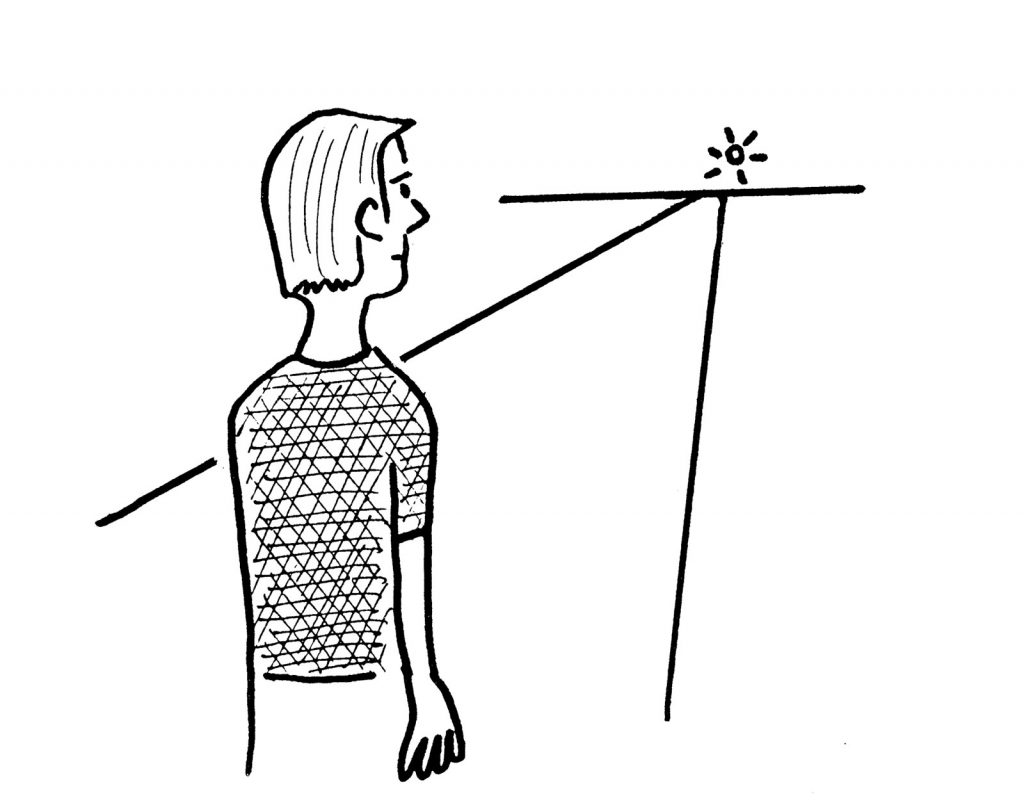Dreams, like metaphors, are often best left uninterpreted. The attempt to contain with meaning cuts off the unconscious process that the images work on us. Better to dwell peaceably in their corridors and meander through their eerie glades than try to see pathways of the mind and find dark memories in their stories. They will make known to us those things we need to know in their own time. Yet appreciating their rich presence and inviting their nightly unfolding, we embrace their healing quality. So too, religious experience appears, a gift to be appreciated in the moment, but not cemented into concrete analysis.
Amida, the Buddha of infinite life and infinite light, beyond time and space, remains a mystery. Amida cannot be contained in words. Inevitably, our description is metaphoric. But our experience of Amida lies in the experience of otherness. Amida is the infinite space beyond self. Only occasionally does Amida break in on us. Sometimes in the spectacular, more often in the mundane, in our everyday experience, we glimpse the distance and look toward Amida’s light. By its nature, the other cannot ever be truly known, and Amida, as the measureless, must remain mysterious. Yet we can sense the presence of Amida, as we feel the strength of the wind and see its force impacting on the landscape. Trees bend and birds are tossed high. Lives are thrown onto new courses by the spiritual tide. In our ordinary struggles with life and our interminable retreat into the compulsiveness of ordinary being, if we can look honestly, we may experience our religious sense as fully as in many high-flown writings. Looking deeply at our foolishness, we discover truth.
♦
Adapted from The Other Buddhism: Amida Comes West by Caroline Brazier © 2007. Reprinted with permission of O Books.
Thank you for subscribing to Tricycle! As a nonprofit, we depend on readers like you to keep Buddhist teachings and practices widely available.
